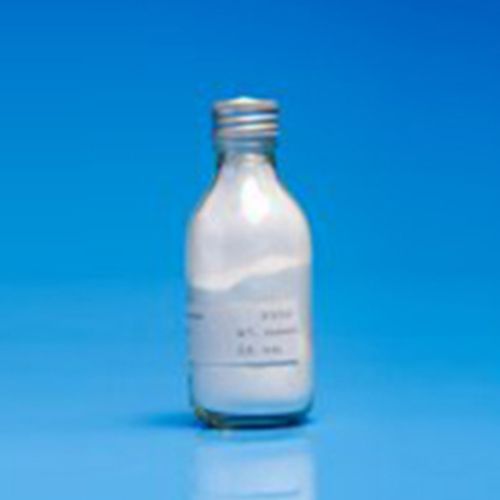Second generation thrombolytic drugs
Represented by recombinant human tissue-type plasminogen activator (rt-pa,
alteplase),
Such drugs with anticoagulant drug combination, thrombolysis ability is the
first generation of thrombolytic drugs to further improve, and the fibrous
protein specificity is high, low and systemic fibrinolytic response, can avoid
to cause the original circular fibrinogen and fibrinolytic enzyme exhausted
state of systemic thrombolysis, reduce the occurrence of systemic risk of
bleeding, but the drugs needed for the treatment of myocardial infarction,
dosage is bigger, also can cause circulation fibrin and fibrinolytic enzyme was
mild or moderate decrease, and drug delivery way too complicated.

Urokinase original
A single - stranded polypeptide consisting of 411 amino acid residues.
Mechanism of action:
Recognition of thrombus: activated by fibrinolytic enzyme and
kalin-releasing enzyme on the surface of thrombus, part of which becomes
double-stranded UK. The latter activates fibrinolytic enzyme bound on the
surface of thrombus to become fibrinolytic enzyme, which partially dissolves
thrombofibrin.
Thrombolysis:
From the Y/E fragment, fibrinolytic enzyme generated by urokinase
activation converts the urokinase in the vicinity of the blood clot into UK,
which is a non-specific activator, which can massively activate all the bound
fibrinolytic enzymes on the blood clot (regardless of the D domain or Y/E
fragment) and the surrounding free fibrinolytic enzymes, thus leading to the
rapid degradation of the blood clot. By the action of proteolytic enzyme
inhibitors in the blood, the effect of UK and plasmin is limited to the vicinity
of blood clots, so that urokinase-induced thrombolysis is thrombo-specific.
Urokinase is the precursor of urokinase, which is inactive after entering
the blood. After recognizing the Y/E segment on the surface of thrombus, it is
activated by the action of kinin, which is converted into urokinase, and then
plays the role of thrombolysis.
Prourokinase has long